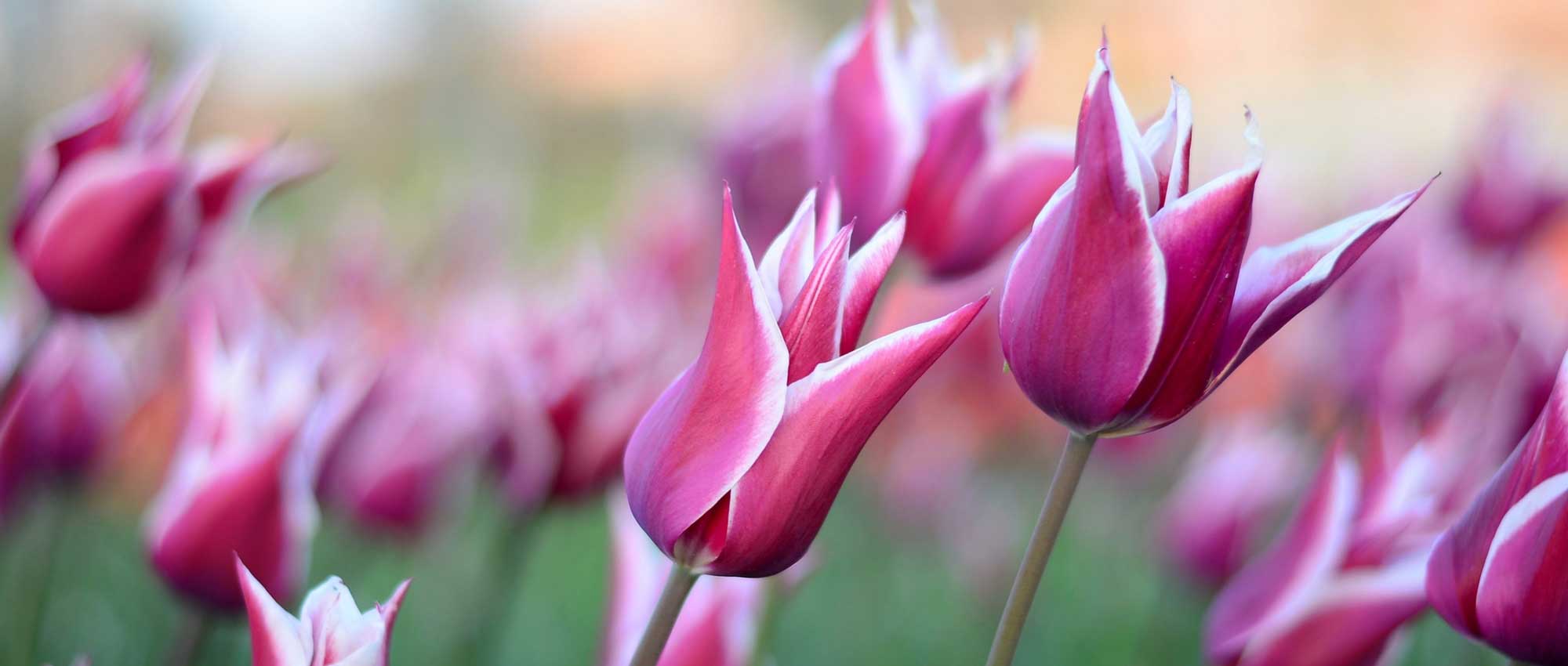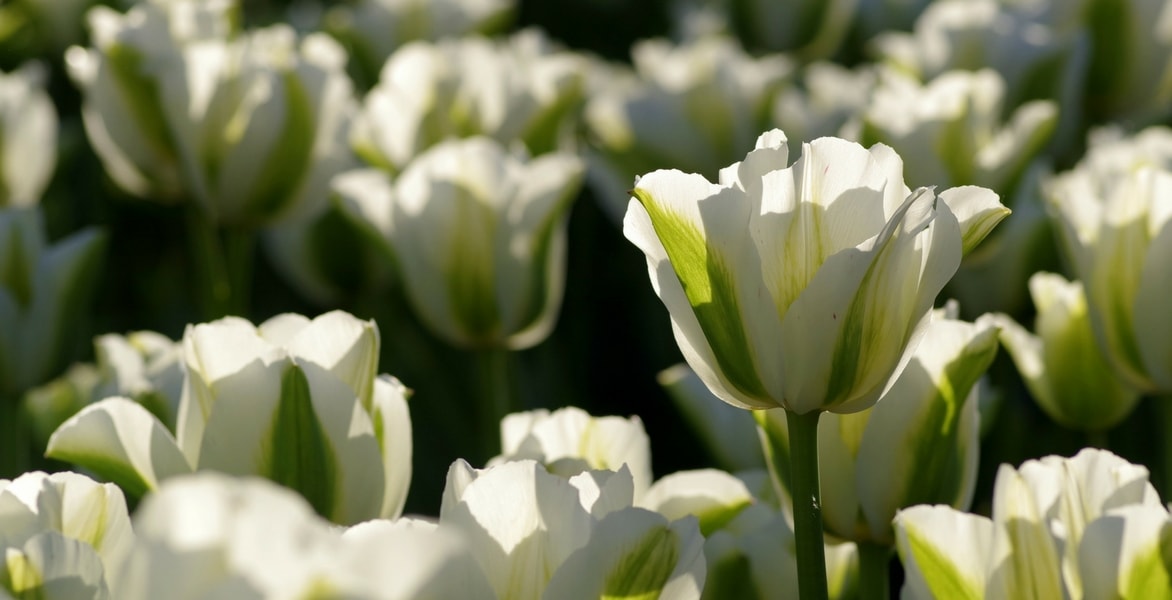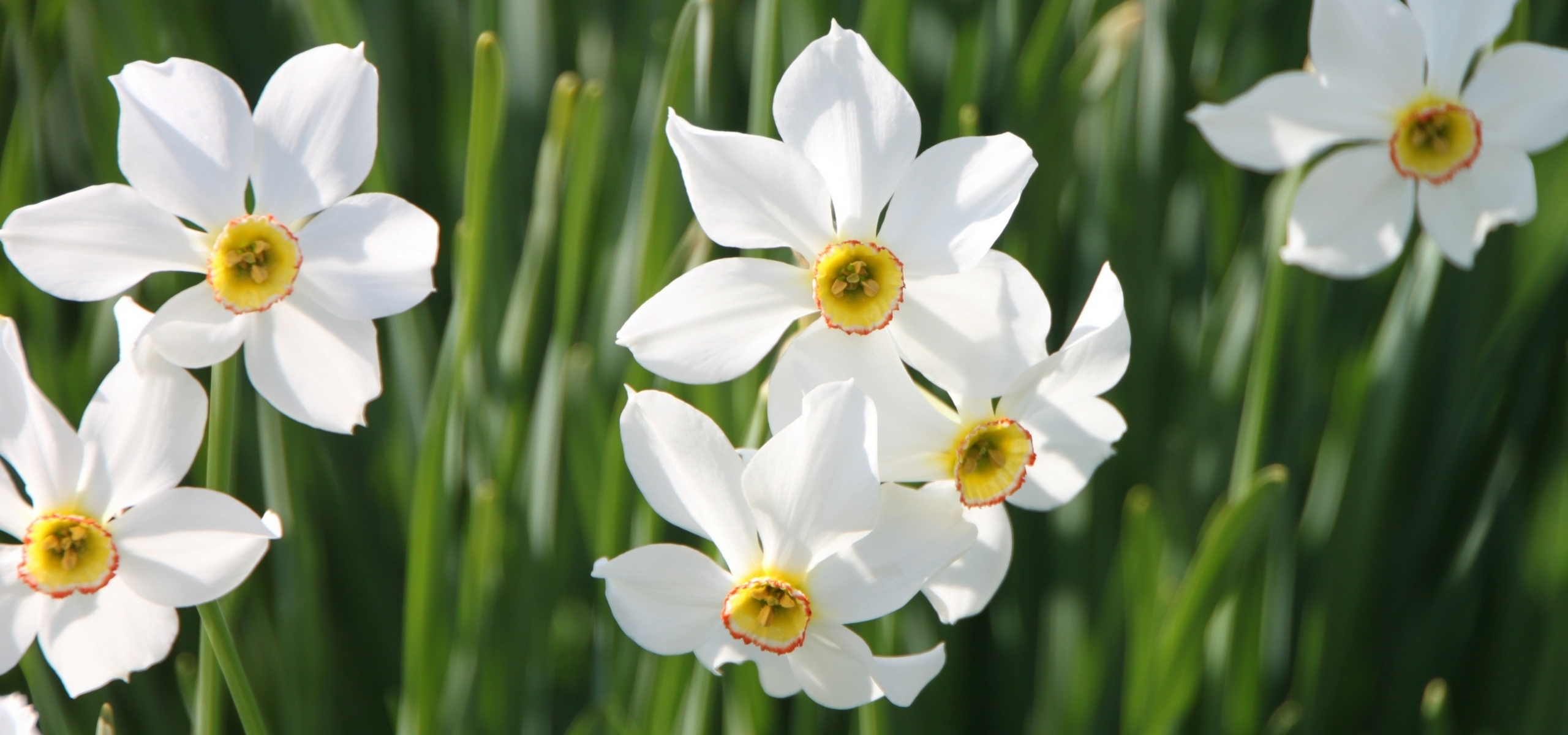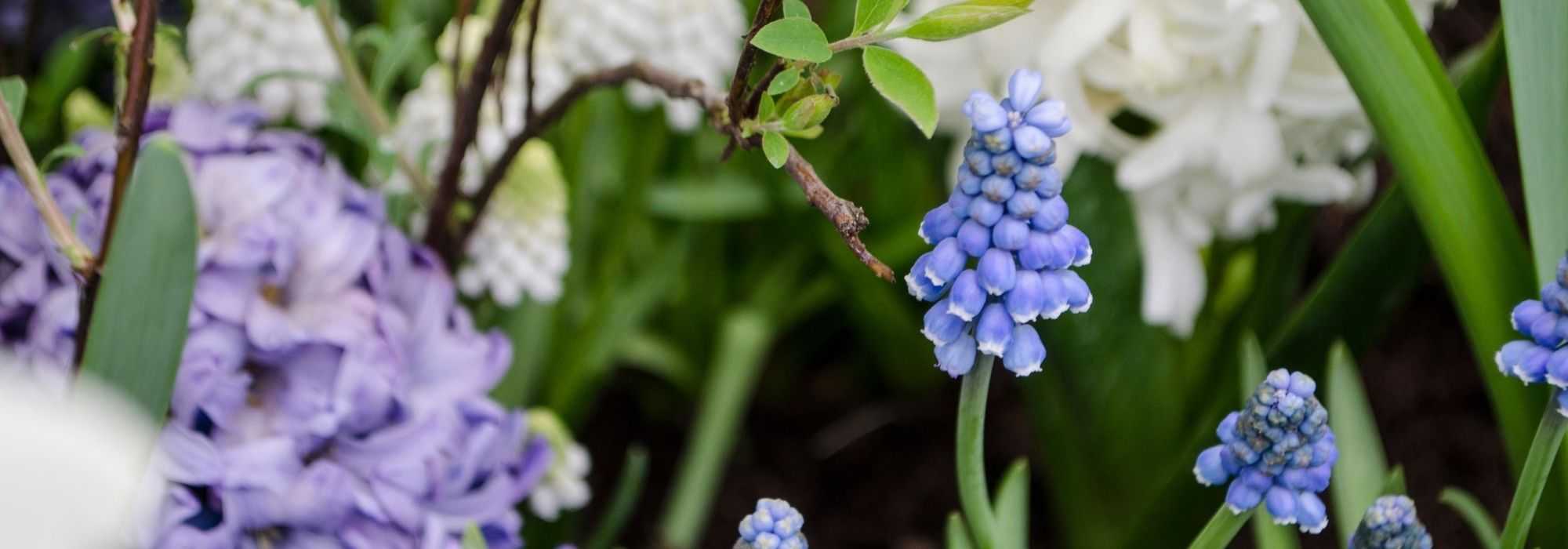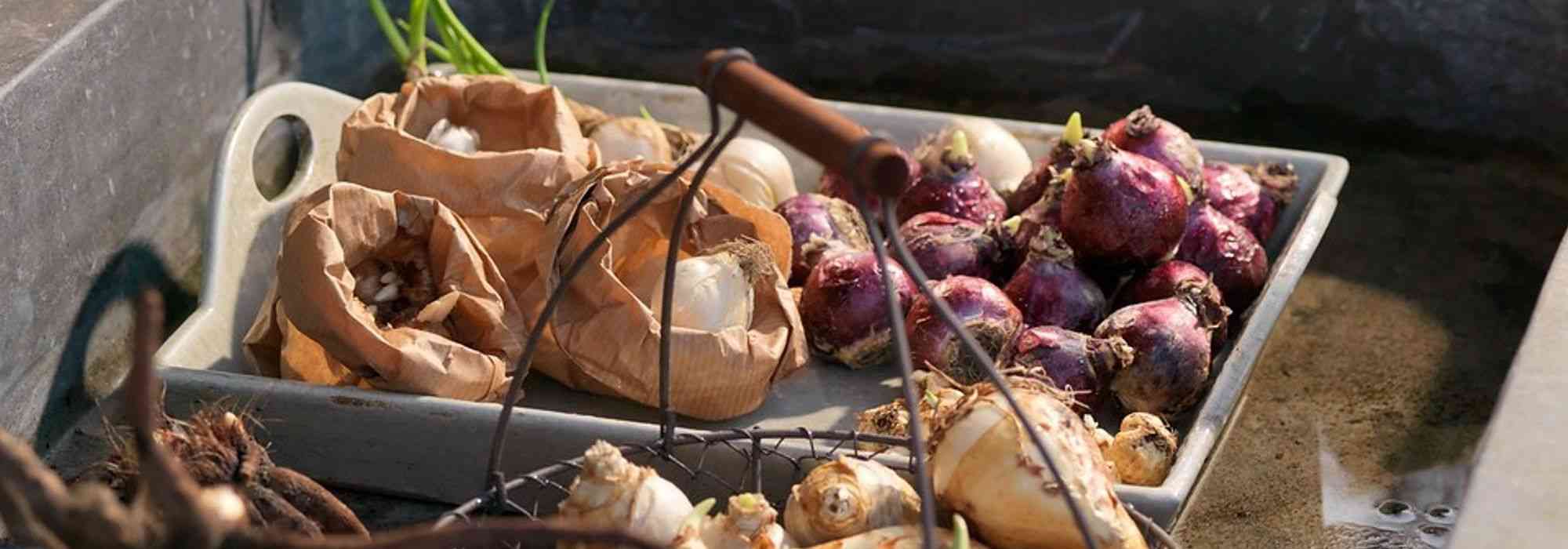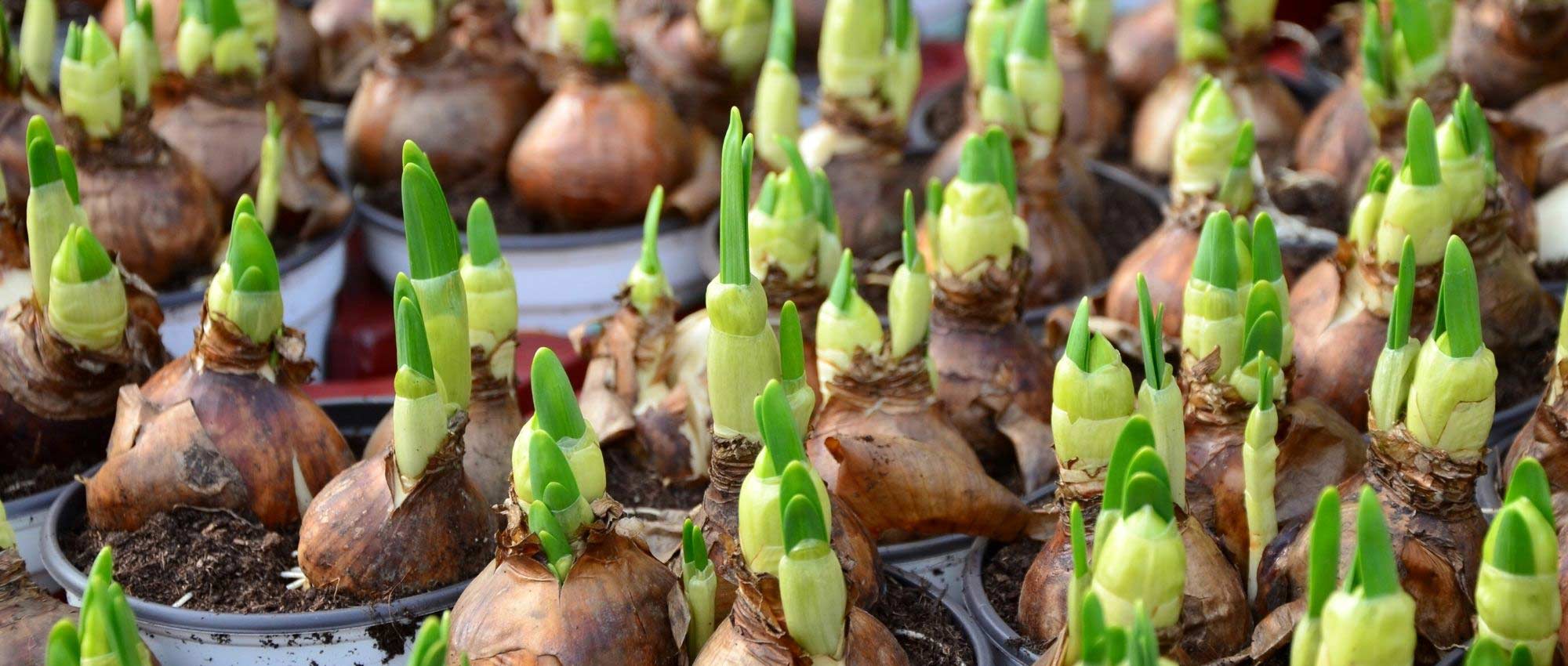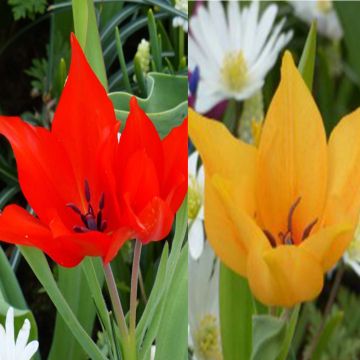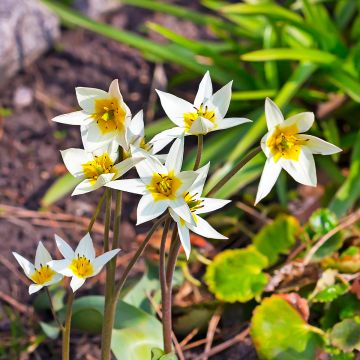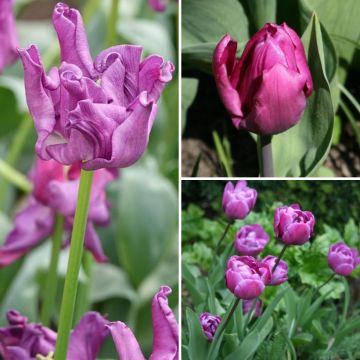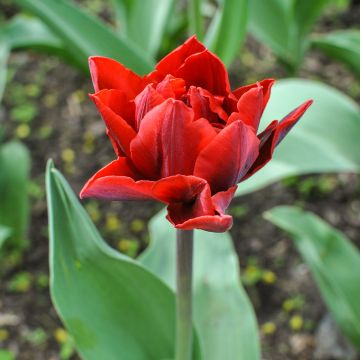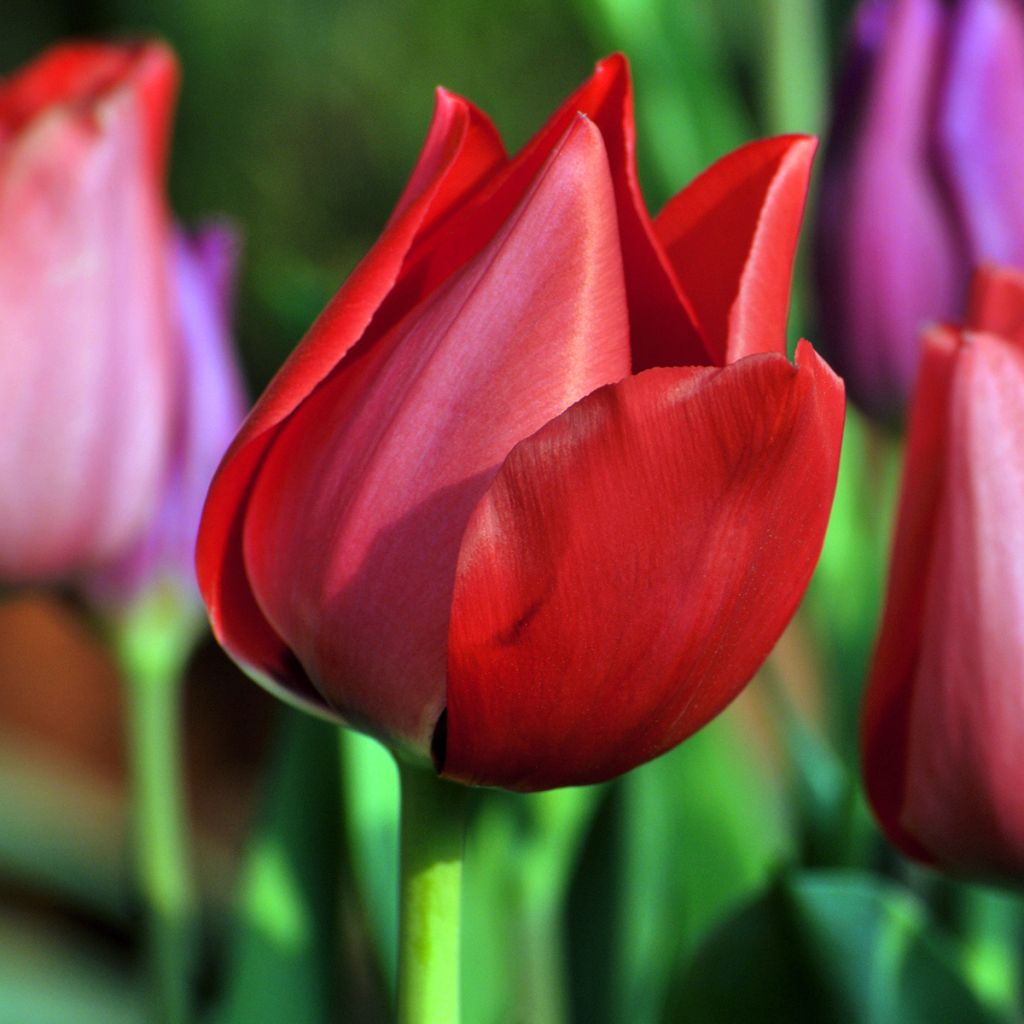

Tulipa Christmas Carol - Tulipe Christmas Carol
Tulipa Christmas Carol - Single early tulip
Tulipa Christmas Carol
Single early tulip
Special offer!
Receive a €20 voucher for any order over €90 (excluding delivery costs, credit notes, and plastic-free options)!
1- Add your favorite plants to your cart.
2- Once you have reached €90, confirm your order (you can even choose the delivery date!).
3- As soon as your order is shipped, you will receive an email containing your voucher code, valid for 3 months (90 days).
Your voucher is unique and can only be used once, for any order with a minimum value of €20, excluding delivery costs.
Can be combined with other current offers, non-divisible and non-refundable.
Home or relay delivery (depending on size and destination)
Schedule delivery date,
and select date in basket
This plant carries a 6 months recovery warranty
More information
We guarantee the quality of our plants for a full growing cycle, and will replace at our expense any plant that fails to recover under normal climatic and planting conditions.
Would this plant suit my garden?
Set up your Plantfit profile →
Description
The Single Early Tulip 'Christmas Carol' is a vibrant variety that brightens early spring displays with its beautiful, perfectly formed, solid red flowers, elegantly borne on sturdy stems. Its upright habit and well-structured flowering make it an ideal plant for beds, borders, containers, or early cut flower arrangements. It blooms from late March, and its robust stems provide good resistance to the whims of early spring weather, ensuring remarkable performance both in beds or borders and in cut flower arrangements.
The 'Christmas Carol' tulip belongs to the Liliaceae family. It is classified in the Single Early group (Division 1) characterised by large single flowers, a short and sturdy habit, and early flowering. Single Early tulips captivate with their rich colour palette and sturdy blooms, making them ideal for both garden displays and cut flower arrangements. Their early and prolonged flowering makes them perfect candidates for bringing the first spring colours to pots or containers. In sunny gardens, they offer a structured and luminous presence. When designing your floral displays, it is essential to consider the height and flowering period specific to each cultivar. Plan for a few extra bulbs for cut flowers: they make excellent, long-lasting and elegant cut flowers.
The 'Christmas Carol' is a cultivar introduced in the Netherlands by Jan de Wit, with late winter flowering and the ability to be forced on for Christmas. The habit is erect, the stems reach about 35 cm in open ground, with medium green, lanceolate, deciduous foliage. Growth is rapid in spring, reaching maturity within a few weeks after breaking from dormancy. It does not usually produce offsets but may naturalise moderately. The 7 cm in diameter cup-shaped flowers open in March–April, formed of six red tepals. The root system consists of a round bulb 4–6 cm in diameter with shallow, fasciculate roots.
In the arrangement of a spring bed, the 'Christmas Carol' tulip stands out as a red spark at the heart of the garden's still timid colours. Its neat habit and disciplined flowering enable it to punctuate a classic border or burst forth in bright spots in a large pot on a sunny patio. It pairs wonderfully with the 'Monte Carlo' tulips and their soft yellow, the 'Blue Magic' grape hyacinths which highlight its vivacity, or the 'Jetfire' daffodils which accompany its flowering with their bright and slender silhouette.
Plant habit
Flowering
Foliage
Botanical data
Tulipa
Christmas Carol
Liliaceae
Single early tulip
Tulipa Christmas Carol
Cultivar or hybrid
Planting and care
Plant the single early Tulip 'Christmas Carol' bulbs in autumn, from September to December, at a depth of 15 cm, spacing them 10 cm apart. Planting should be done in ordinary, slightly acidic, neutral, or slightly chalky, loose, well-worked, and well-drained soil. Never add poorly decomposed manure or compost to the planting soil as this could cause the bulbs to rot. The 'Christmas Carol' tulip will grow well in soil that is cool to dry in summer. Place it in a good, sunny position or in partial shade. Once flowering is over, it is best to remove the fruits to avoid exhausting the plant.
Planting period
Intended location
Care
Planting & care advice
This item has not been reviewed yet - be the first to leave a review about it.
Similar products
Haven't found what you were looking for?
Hardiness is the lowest winter temperature a plant can endure without suffering serious damage or even dying. However, hardiness is affected by location (a sheltered area, such as a patio), protection (winter cover) and soil type (hardiness is improved by well-drained soil).

Photo Sharing Terms & Conditions
In order to encourage gardeners to interact and share their experiences, Promesse de fleurs offers various media enabling content to be uploaded onto its Site - in particular via the ‘Photo sharing’ module.
The User agrees to refrain from:
- Posting any content that is illegal, prejudicial, insulting, racist, inciteful to hatred, revisionist, contrary to public decency, that infringes on privacy or on the privacy rights of third parties, in particular the publicity rights of persons and goods, intellectual property rights, or the right to privacy.
- Submitting content on behalf of a third party;
- Impersonate the identity of a third party and/or publish any personal information about a third party;
In general, the User undertakes to refrain from any unethical behaviour.
All Content (in particular text, comments, files, images, photos, videos, creative works, etc.), which may be subject to property or intellectual property rights, image or other private rights, shall remain the property of the User, subject to the limited rights granted by the terms of the licence granted by Promesse de fleurs as stated below. Users are at liberty to publish or not to publish such Content on the Site, notably via the ‘Photo Sharing’ facility, and accept that this Content shall be made public and freely accessible, notably on the Internet.
Users further acknowledge, undertake to have ,and guarantee that they hold all necessary rights and permissions to publish such material on the Site, in particular with regard to the legislation in force pertaining to any privacy, property, intellectual property, image, or contractual rights, or rights of any other nature. By publishing such Content on the Site, Users acknowledge accepting full liability as publishers of the Content within the meaning of the law, and grant Promesse de fleurs, free of charge, an inclusive, worldwide licence for the said Content for the entire duration of its publication, including all reproduction, representation, up/downloading, displaying, performing, transmission, and storage rights.
Users also grant permission for their name to be linked to the Content and accept that this link may not always be made available.
By engaging in posting material, Users consent to their Content becoming automatically accessible on the Internet, in particular on other sites and/or blogs and/or web pages of the Promesse de fleurs site, including in particular social pages and the Promesse de fleurs catalogue.
Users may secure the removal of entrusted content free of charge by issuing a simple request via our contact form.
The flowering period indicated on our website applies to countries and regions located in USDA zone 8 (France, the United Kingdom, Ireland, the Netherlands, etc.)
It will vary according to where you live:
- In zones 9 to 10 (Italy, Spain, Greece, etc.), flowering will occur about 2 to 4 weeks earlier.
- In zones 6 to 7 (Germany, Poland, Slovenia, and lower mountainous regions), flowering will be delayed by 2 to 3 weeks.
- In zone 5 (Central Europe, Scandinavia), blooming will be delayed by 3 to 5 weeks.
In temperate climates, pruning of spring-flowering shrubs (forsythia, spireas, etc.) should be done just after flowering.
Pruning of summer-flowering shrubs (Indian Lilac, Perovskia, etc.) can be done in winter or spring.
In cold regions as well as with frost-sensitive plants, avoid pruning too early when severe frosts may still occur.
The planting period indicated on our website applies to countries and regions located in USDA zone 8 (France, United Kingdom, Ireland, Netherlands).
It will vary according to where you live:
- In Mediterranean zones (Marseille, Madrid, Milan, etc.), autumn and winter are the best planting periods.
- In continental zones (Strasbourg, Munich, Vienna, etc.), delay planting by 2 to 3 weeks in spring and bring it forward by 2 to 4 weeks in autumn.
- In mountainous regions (the Alps, Pyrenees, Carpathians, etc.), it is best to plant in late spring (May-June) or late summer (August-September).
The harvesting period indicated on our website applies to countries and regions in USDA zone 8 (France, England, Ireland, the Netherlands).
In colder areas (Scandinavia, Poland, Austria...) fruit and vegetable harvests are likely to be delayed by 3-4 weeks.
In warmer areas (Italy, Spain, Greece, etc.), harvesting will probably take place earlier, depending on weather conditions.
The sowing periods indicated on our website apply to countries and regions within USDA Zone 8 (France, UK, Ireland, Netherlands).
In colder areas (Scandinavia, Poland, Austria...), delay any outdoor sowing by 3-4 weeks, or sow under glass.
In warmer climes (Italy, Spain, Greece, etc.), bring outdoor sowing forward by a few weeks.


































